Working on concrete surfaces can be tough on your feet, requiring the right kind of shoes to prevent discomfort and injury. This article explores various types of shoes suitable for concrete work, providing tips and comparisons to help you make informed decisions for your footwear needs.
Why Proper Footwear Matters
When you’re on your feet all day, especially on hard surfaces like concrete, having the right shoes is crucial. Proper footwear can prevent fatigue, reduce the risk of injury, and enhance overall productivity. Here are several reasons why investing in quality work shoes is important:
- Preventing foot fatigue and pain
- Reducing the risk of slips and falls
- Enhancing comfort for long working hours
- Providing arch support and proper cushioning
Features to Look for in Shoes for Concrete Work
1. Cushioning
Shoes with adequate cushioning help absorb the shock from walking on hard surfaces, providing comfort throughout the day.
2. Arch Support
Good arch support can prevent foot pain and fatigue, particularly for those with high arches or flat feet.
3. Slip Resistance
Slip-resistant soles are essential for preventing falls, especially in environments where spills are common.
4. Durability
Your shoes should withstand the wear and tear of working on concrete, so look for high-quality materials that offer durability.

5. Breathability
Choose shoes with breathable materials to keep your feet cool and dry during long work shifts.
Types of Shoes for Working on Concrete
1. Safety Shoes
Safety shoes come with reinforced toes and slip-resistant soles, providing maximum protection and support for workers.
2. Work Boots
Work boots offer ankle support and are typically made from tougher materials, making them ideal for construction and industrial work.
3. Sneakers
Casual sneakers with good cushioning and support can be suitable for lighter work environments or for those who value comfort over strict safety standards.
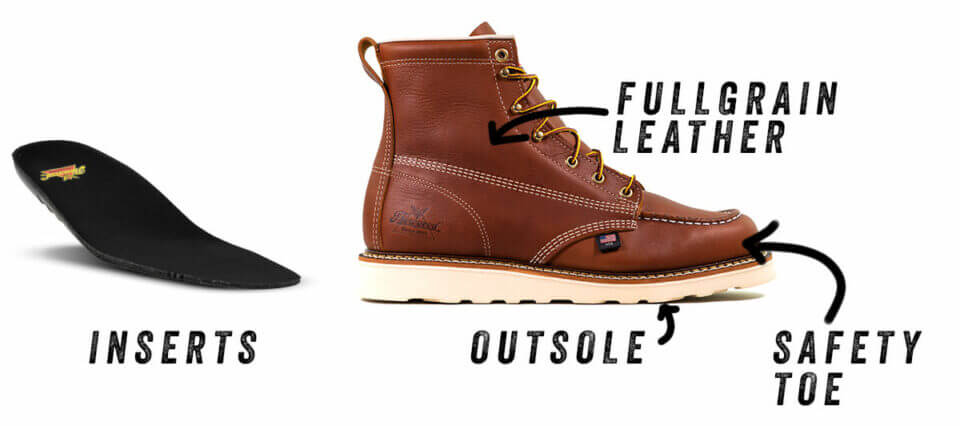
4. Orthopedic Shoes
For individuals with specific foot conditions, orthopedic shoes can provide tailored support to alleviate pain.
Comparison of Popular Brands
| Brand | Type | Price Range | Key Features |
|---|---|---|---|
| Carhartt | Safety Shoes | $100 – $200 | Slip-resistant, composite toe, durable |
| Timberland PRO | Work Boots | $150 – $250 | Waterproof, electrical hazard protection, comfort |
| Nike | Sneakers | $90 – $160 | Cushioning, lightweight, stylish |
| New Balance | Orthopedic | $120 – $180 | Arch support, cushioning, adjustable |
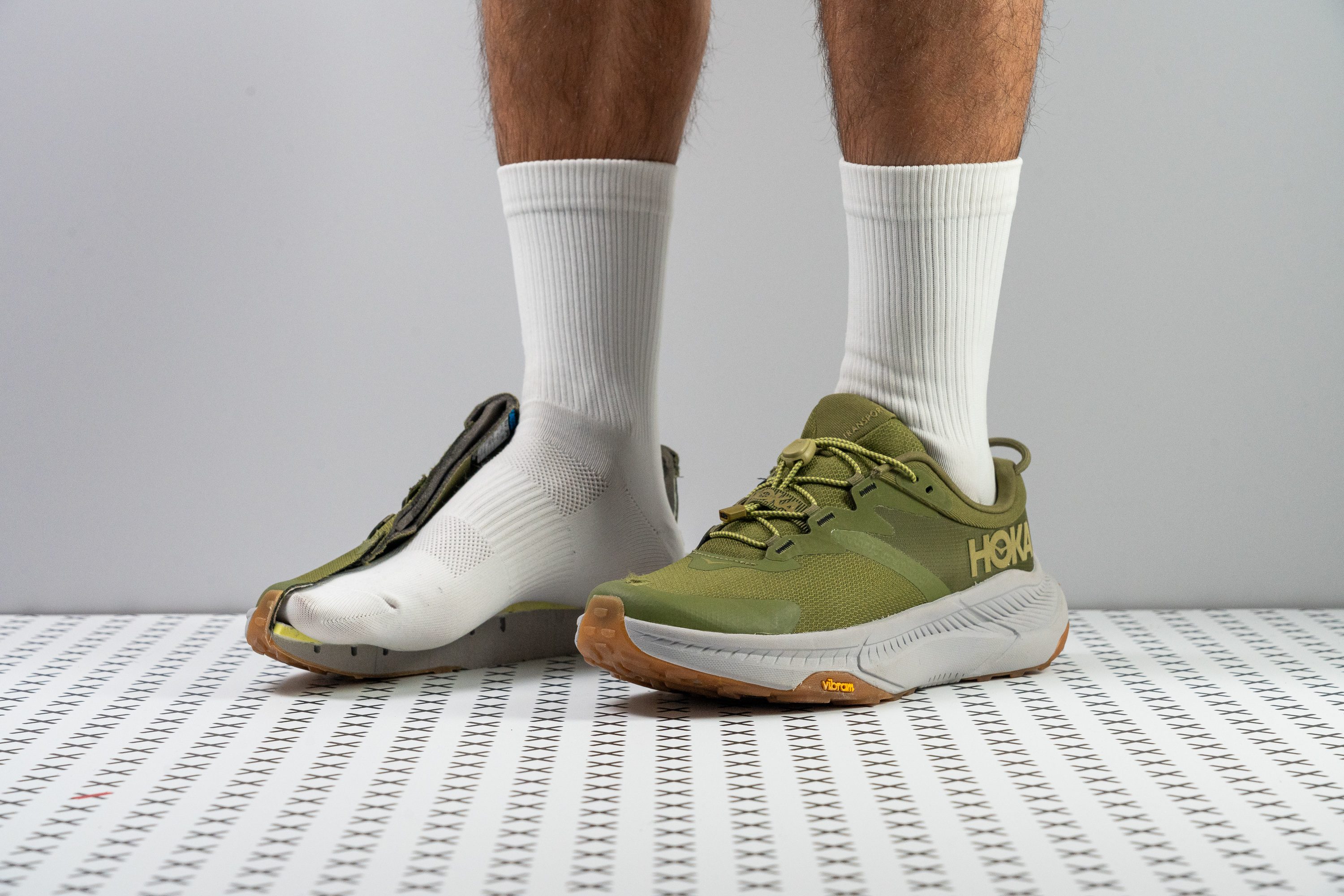
Pros and Cons of Different Shoe Types
Safety Shoes
Pros: Strong protection, slip-resistant, durable.
Cons: Heavier, can be less breathable.
Work Boots
Pros: Ankle support, long-lasting.
Cons: Can be bulky, less flexible.
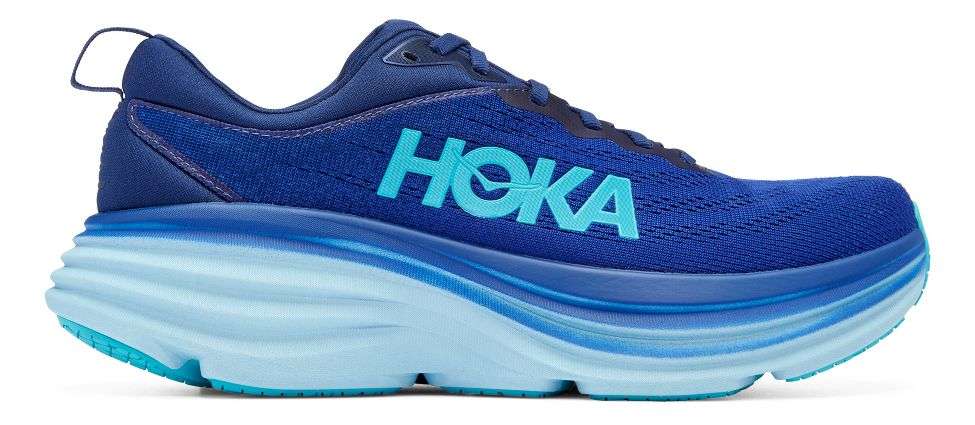
Sneakers
Pros: Lightweight, comfortable, stylish.
Cons: Less protection, not suitable for all environments.
Orthopedic Shoes
Pros: Tailored support, great for foot issues.
Cons: Can be expensive, limited styles.

Tips for Choosing the Right Shoes
Here are some tips to guide you in selecting the best shoes for working on concrete:
- Always try shoes on with the socks you intend to wear while working.
- Consider getting custom insoles if you have specific foot conditions.
- Read reviews from other workers to gauge performance in real-world settings.
- Look for shoes that offer a guarantee or warranty to ensure quality.
Maintenance Tips for Longevity
Taking care of your shoes can prolong their life and maintain their protective features. Here are some maintenance tips:
- Clean shoes regularly to remove dirt and debris.
- Inspect soles for wear and replace them if necessary.
- Store shoes in a cool, dry place to avoid damage.
- Consider waterproofing treatments for shoes that need extra protection.

Local Experiences and Cultural Considerations
In the USA, various industries—from construction to warehousing—require workers to be on their feet for long periods. Many workers share anecdotes about how the right footwear has changed their daily experiences. For example, workers in the Midwest often emphasize the harsh winter conditions that can make slip resistance crucial in addition to comfort. Similarly, urban workers frequently mention the importance of style combined with function, reflecting a culture where appearance and professionalism go hand in hand.
Frequently Asked Questions (FAQs)
What are the best types of shoes for working on concrete?
The best types include safety shoes, work boots, and sneakers designed for concrete workload. Look for features such as cushioning, arch support, and slip resistance.
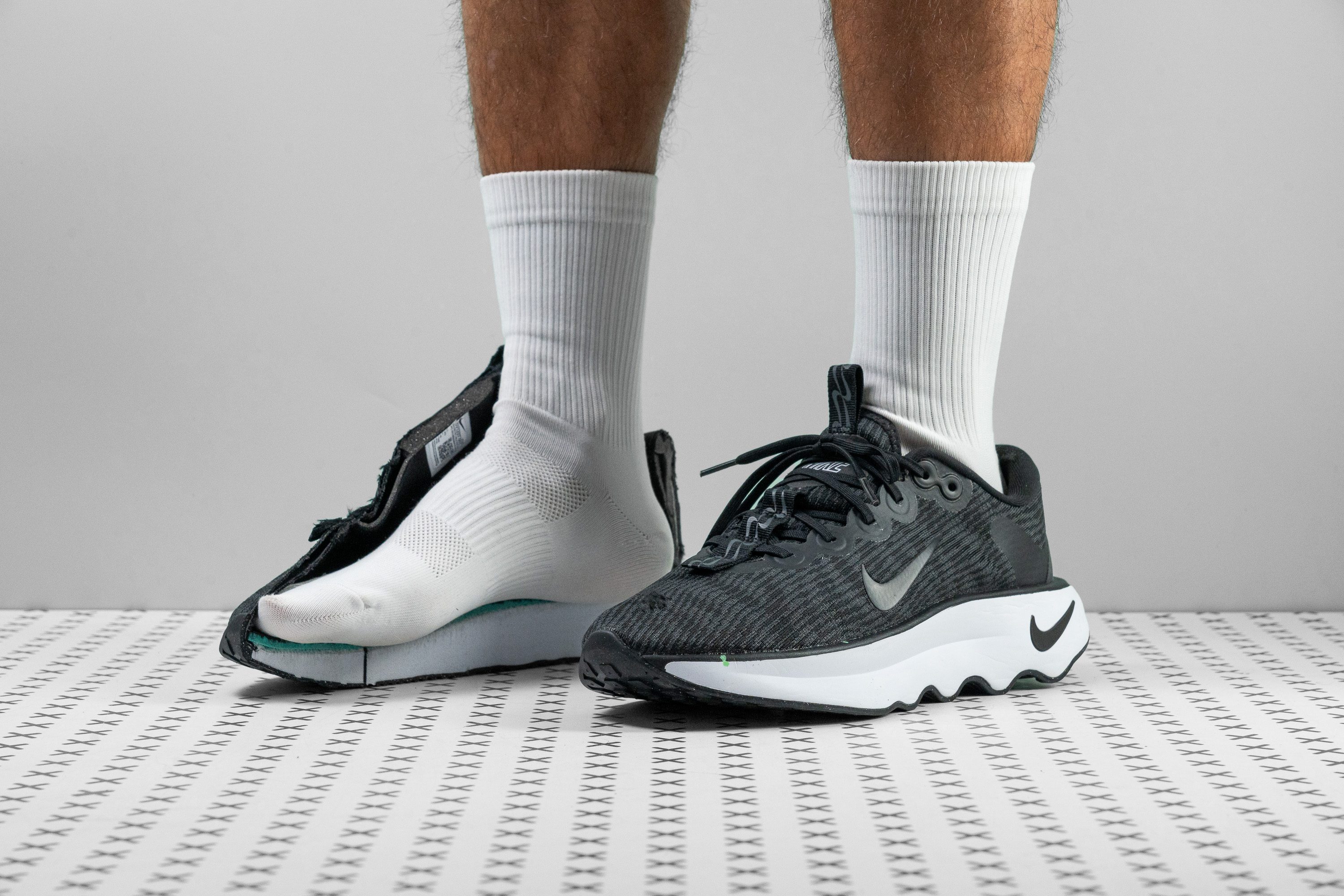
Can I wear regular sneakers for working on concrete?
While regular sneakers may offer some comfort, they typically lack the necessary support and protection required for working on concrete for extended periods.
How often should I replace my work shoes?
It’s recommended to replace your work shoes every 6-12 months, depending on usage and wear levels. Monitor your shoes for signs of wear, including loss of cushioning and support.
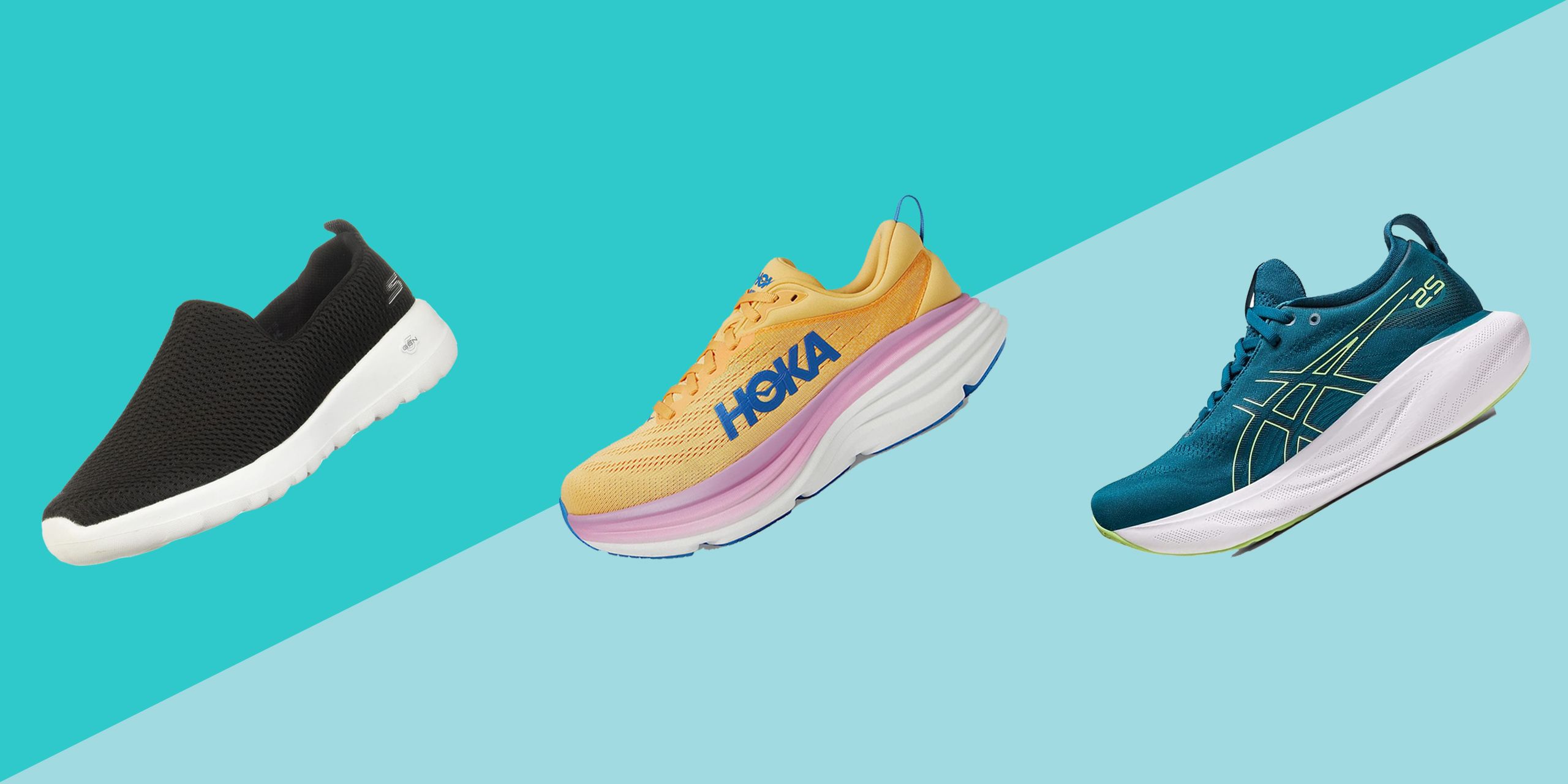
What should I look for in a slip-resistant shoe?
Look for shoes with a rubber sole, a tread pattern that channels water away, and a solid grip on the surface. Always check for certifications that ensure their slip-resistant claims.
Conclusion
When it comes to working on concrete, having the right shoes is not just about comfort—it’s about safety and performance. By considering the types of shoes available, understanding their features, and following our tips, you can make an informed choice that will benefit you on the job. Remember, investing in quality footwear is investing in your health and productivity.